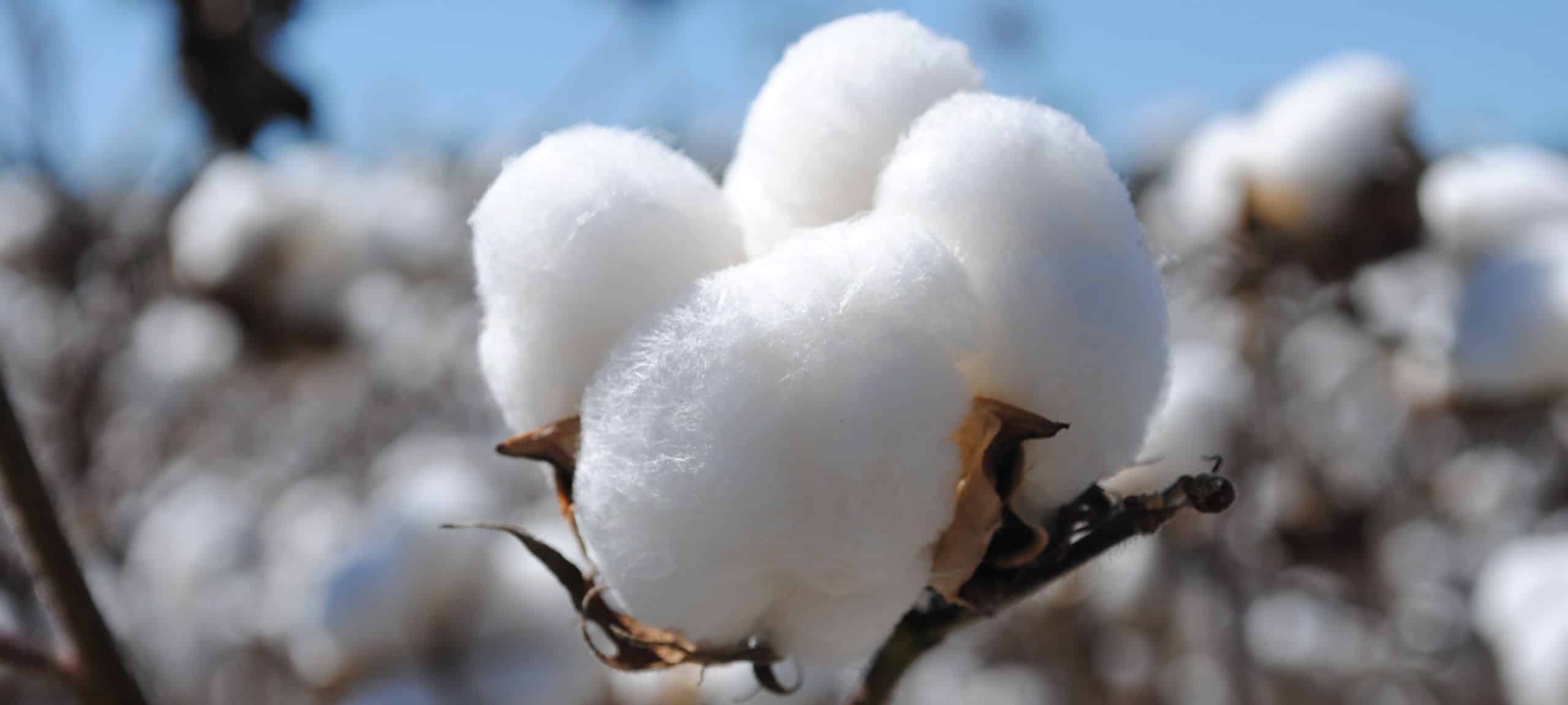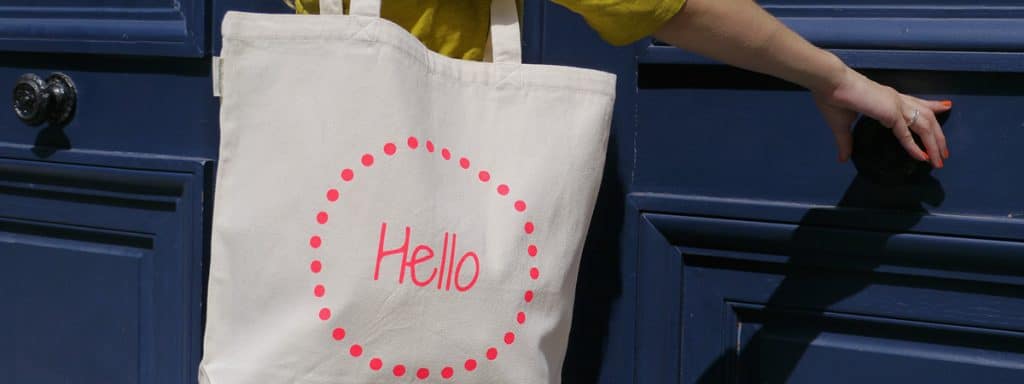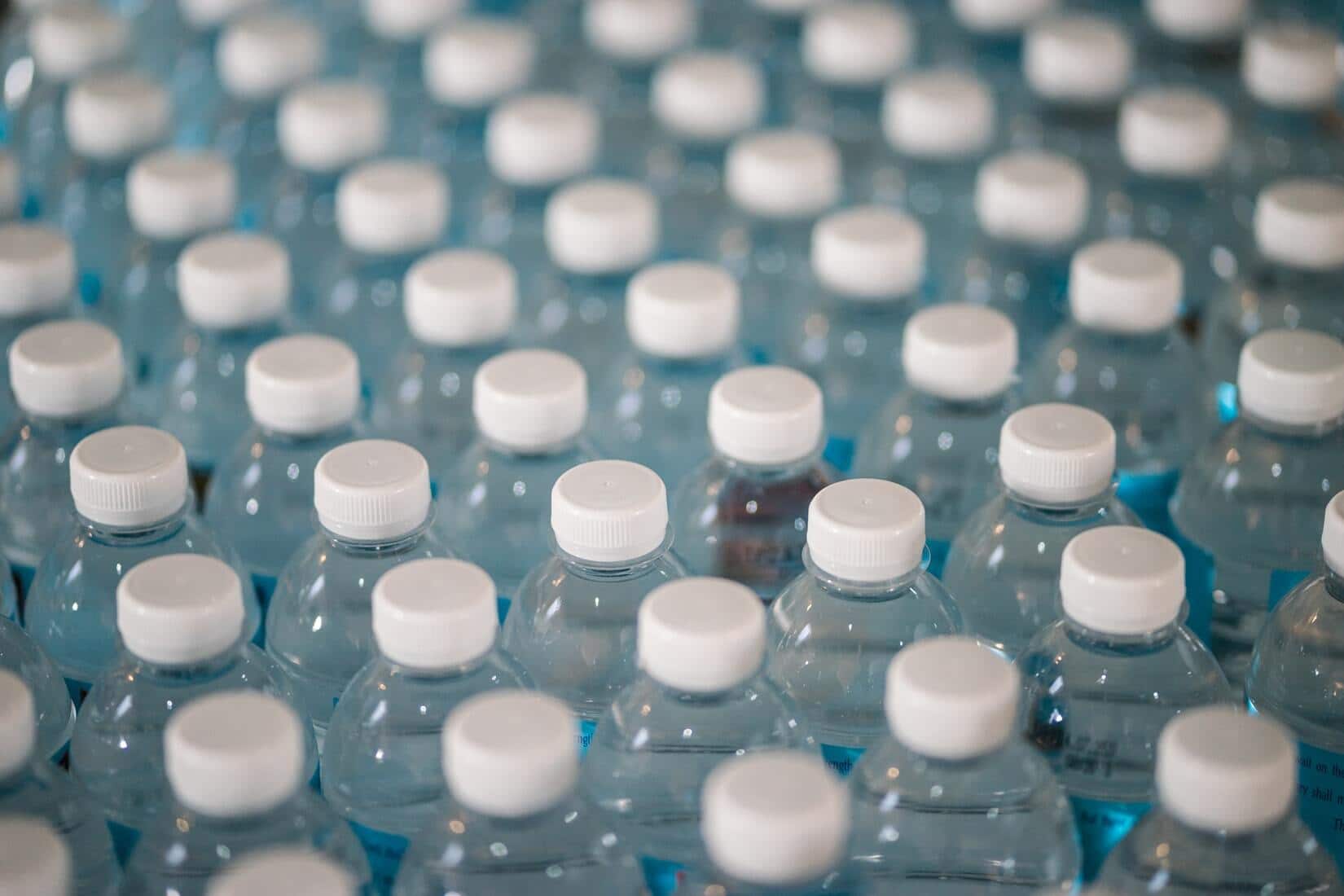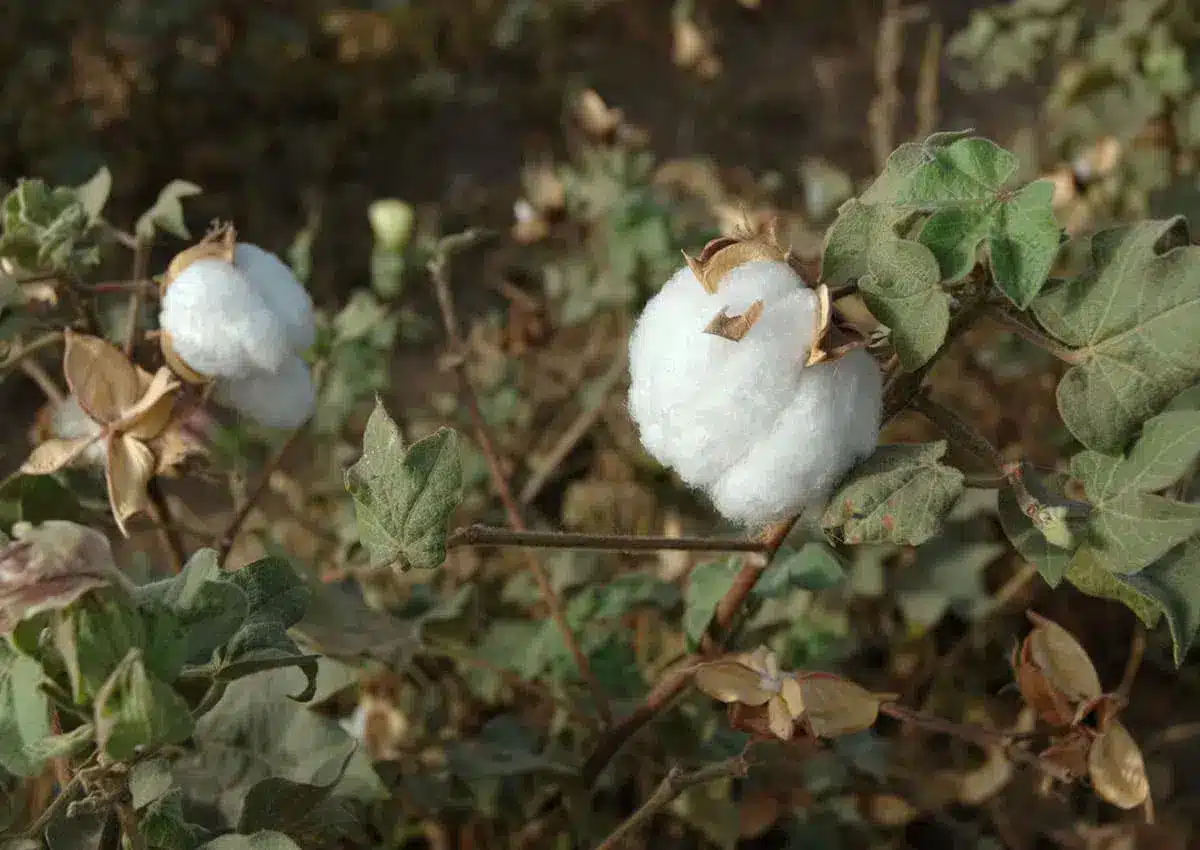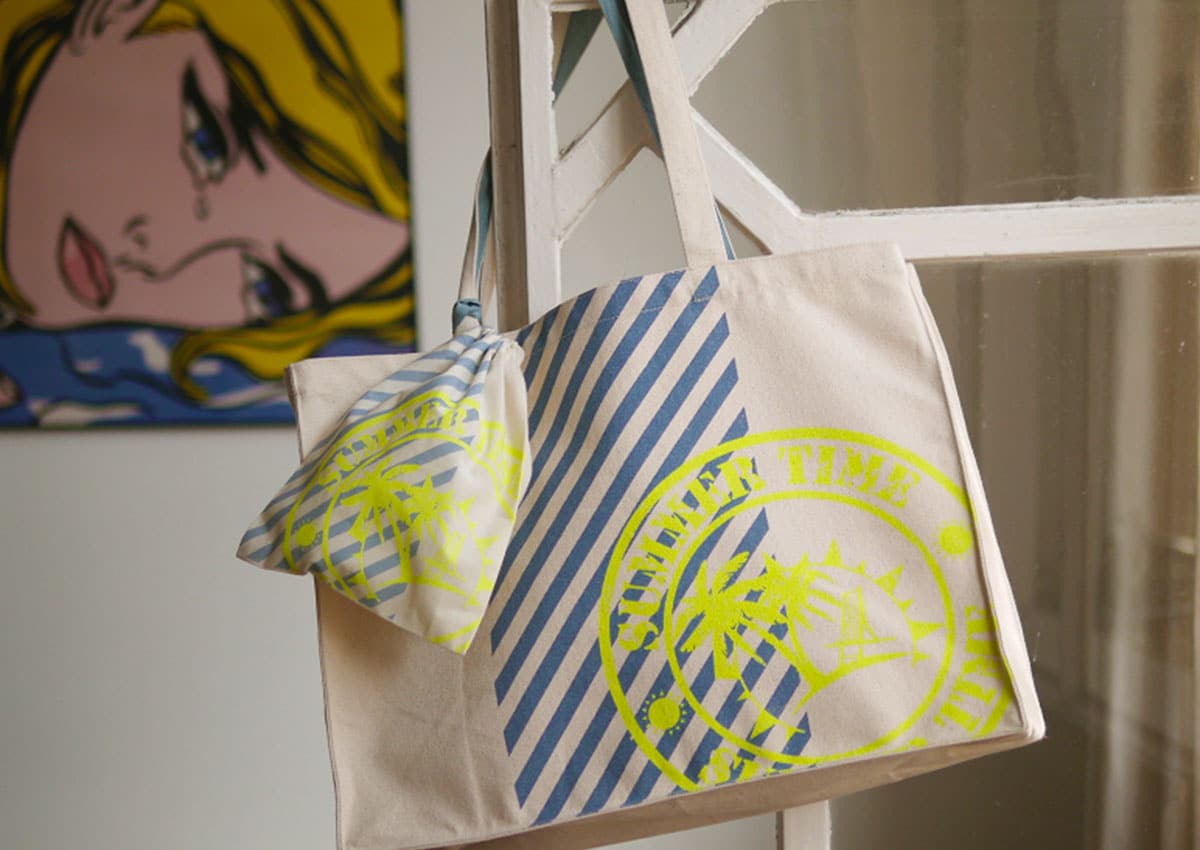Recycled PET, a long-term textile solution?
You may have heard or read this word before: recycled PET. As you know, environmental issues are at the heart of the debates and we can no longer ignore the situation of the pollution of the oceans (and cities). The big companies have understood that in order to seduce today's consumers, they have to show their ecological impact. Most of them have revised their CSR(Corporate Social Responsibility) policies by incorporating actions to reduce their ecological impact. The giant Coca-Cola announced in 2018 that it wanted 100% of its packaging to be recyclable by 2025.
What is PET?
PET, from its full name "polyethyleneterephthalate", is a synthetic material belonging to the family of polyesters. It is made of petroleum, vegetable raw material and natural gas. PET is mainly used to produce plastic bottles for beverages.
What is Recycled PET?
Also known as rPET, companies are trying to prioritize the recycling of this material, which at first glance has only positive points. PET can be fully recycled several times without losing its strengths (strength and lightness). A recycled PET bottle means less waste on the planet and less extraction of non-renewable raw materials (in this case, oil). According to the PET-Recycling Schweiz association, of the 44,894 tons of PET bottles sold in 2019, 35,668 tons were recycled, in other words: a good score.
How is it recycled?
Once the clear bottles are collected, they are taken to a warehouse for reconditioning. The PET bottles are washed and steamed to remove the labels, then crushed into flakes. The flakes are washed and then pressed together and dried to make a completely new raw material that will be used to make plastic packaging or clothing.
The advantages of recycled PET
The craze for this recycled material is understandable. The rPET is a resistant fabric, which has no constraint to be washed in machine and which is not very crumpled (easier ironing). It is also very practical because it is waterproof: it can be washed very well with a sponge for example. It is an ideal material to create sneakers, shoes or work clothes.
The rPET is also popular because it allows brands to do their part from an ecological point of view: they clean up the oceans to offer clothes and shoes made of recycled material. For example, Nike took advantage of the Euro 2012, when it was the sponsor of several soccer teams, to promote their new eco-friendly sports kit made from recycled bottles: 13 bottles for a complete soccer kit! We can also mention G-Star and its action "Raw for the Ocean". Their goal? Recover plastic waste from the oceans, treat it and transform it into fabric rolls to make clothes. If we believe the brand, 10 tons of waste were collected during the first collection.
The limitations of rPET
Interruption of the circular economy
The creation of clothing made from recycled raw materials is a great initiative. However, when you look into it a bit more, you quickly find its limits. Here: the circular economy. In this economic model, a recycled product must be recyclable again. Unfortunately, even today, no technique has been found to recycle clothes made from PET, so the circular economy is interrupted. When you know that a French person throws away about 12 kg of clothes/year(according to the website EcoGestes ), you realize that the situation is problematic.
The impact of rPET on our oceans
Did you know that half a million tons of microplastics (about 50 billion plastic bottles) end up in the seas and oceans every year? These microplastics come in part from clothing made from plastic materials (such as PET). The heat and friction of the washing machine dissolve them and they end up in the wastewater and then in the oceans to be ingested by fish which themselves contaminate fish species. The WWF ( World Wildlife Fund ) has revealed a study that shows that on average in one week, humans ingest the plastic equivalent of a credit card.
Depending on the waste of others is not a solution
The use of recycled plastic gives a form of excuse to the use of virgin plastic. It adds value to the chain of oil derivatives, increasing their use even more, which is not a good thing.
The hierarchy of materials made by Les Mouettes Vertes
Organic cotton
Since the very first days, we have chosen to use organic cotton. For more ecological and economical commitment, we work with GOTS certified organic cotton. This certification allows us to avoid the use of insecticides and synthetic pesticides, to reduce water consumption and to preserve the land on which the cotton is grown. This label also offers fair income and working conditions for the men. For moreinformation on the GOTS label, we invite you to read this page.
Recycled cotton
To participate in the circular economy, we also use recycled cotton. This local raw material allows us to make good use of fabric scraps. To create new rolls, the fabric pieces are shredded, cleaned and then returned to their natural form: fiber. This operation can be repeated several times before the fibers are in poor condition. If necessary, they are transformed into natural wadding or insulating material. Sometimes we have to add rPET fibers to increase the strength of the yarn. Indeed, the recycled cotton can give fibers too short (less than 2cm). It is a material that even recycled does not generate micro-particle pollution.
Using rPET
We sometimes use rPET for some of our products, like our professional clothing and equipment, which are made of 65% organic cotton and 35% recycled polyester. We made this choice for its durability but also for its practicality. As mentioned at the beginning of this article, rPET has significant advantages for some garments. It is then more judicious to use it so that the article lasts in time.

